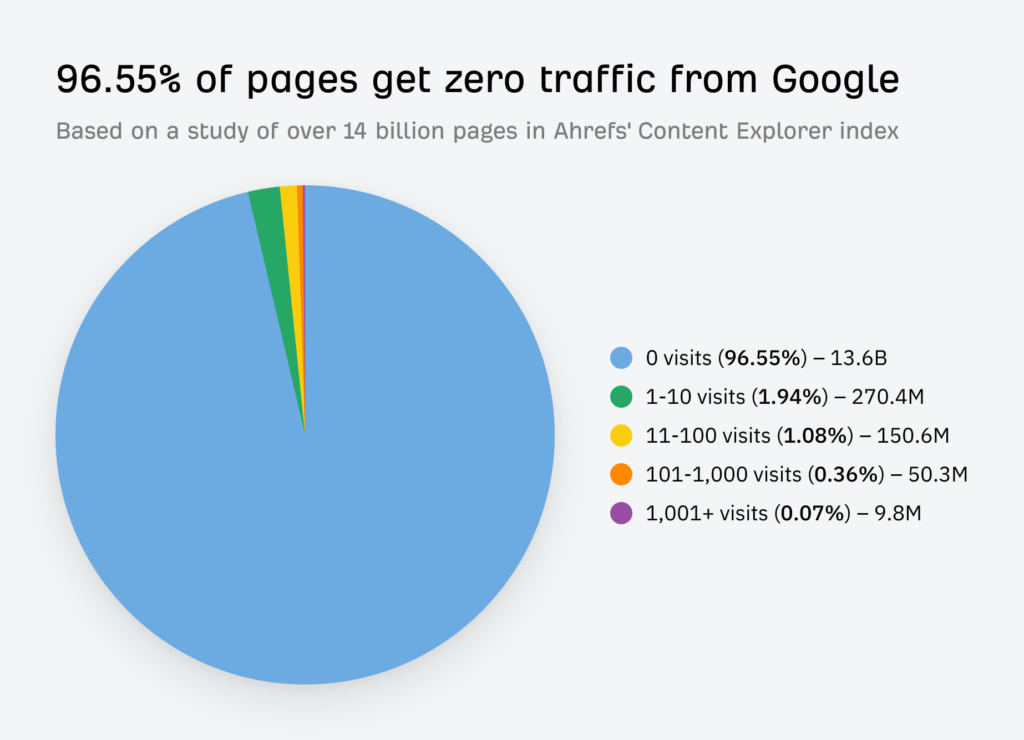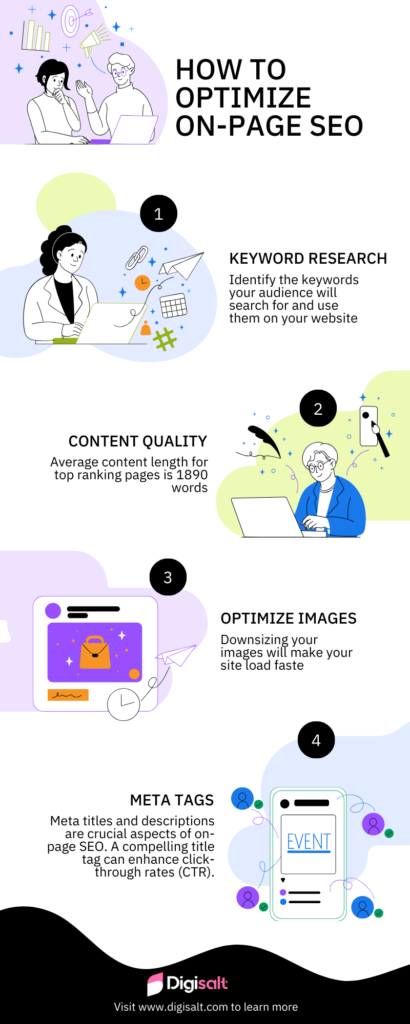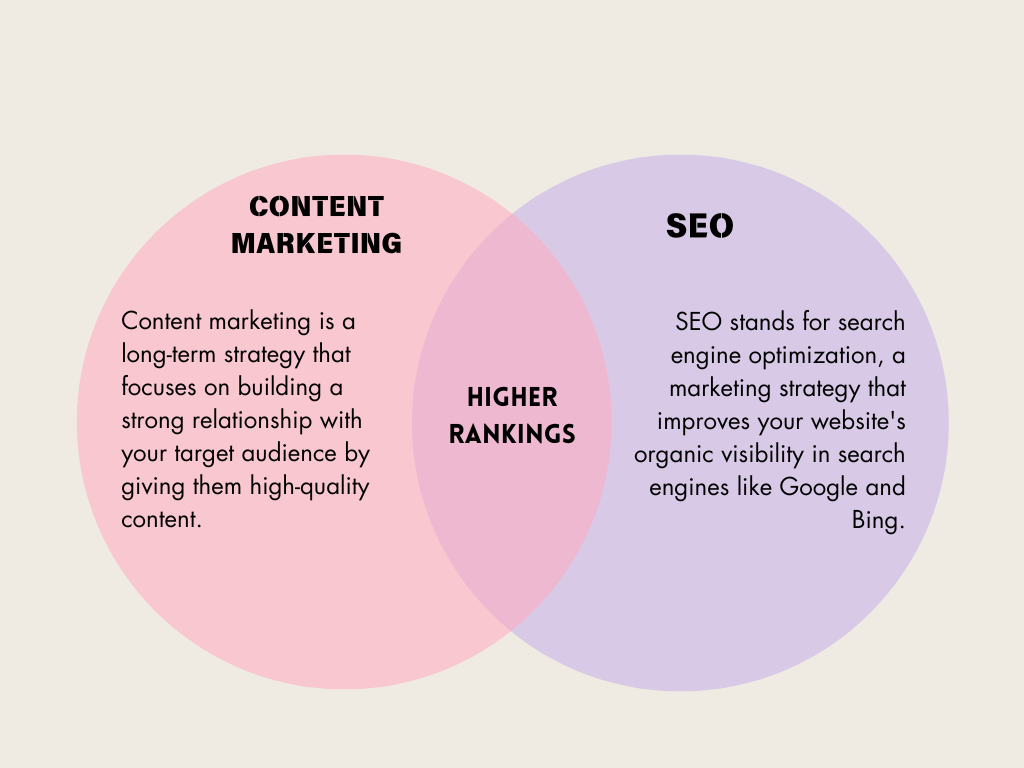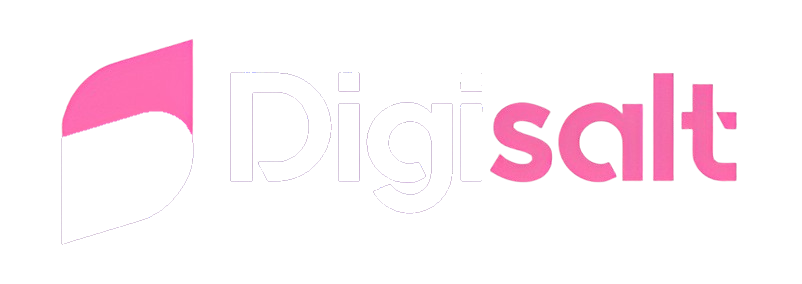Search Engine Optimization (SEO) is an integral aspect of digital marketing that focuses on enhancing a website’s visibility in search engine result pages (SERPs). Visibility is crucial because the higher you rank for relevant keywords, the more likely potential customers are to find your business.
In today’s rapidly evolving digital landscape, understanding and mastering SEO is vital for any business aiming to succeed online. This comprehensive guide will break down SEO basics, delve into its components, and provide you with actionable strategies to improve your website rankings.
What is SEO and Why is it Important?
SEO is the practice of optimizing web pages to ensure that they are easily discoverable and rank higher in search engine results. It encapsulates everything from the technical structure of a website to the quality of content and the quantity and quality of inbound links.
The Evolution of SEO
SEO is not stagnant; it is continuously evolving to accommodate changes in technology and user behavior. For example, the rise of voice search has changed how users formulate queries, prompting brands to focus more on conversational keywords.
Key Statistics Highlighting SEO Importance
- Search Behavior: According to a study by HubSpot in 2023, 64% of marketers actively invest time in SEO, making it a significant focus area for digital marketing initiatives.
- Traffic Contribution: Data from Ahrefs shows that 96.55% of pages do not get any organic traffic from Google. This underlines the importance of optimizing your content to be one of the successful few.
- Long-Term Results: An article from Backlinko states that the first result on Google gets about 32% of all clicks, making SEO a crucial mechanism for driving organic traffic.

The Components of SEO
SEO can be broken down into several core components—on-page SEO, off-page SEO, and technical SEO—each playing a unique role in building a comprehensively optimized website.
1. On-Page SEO
On-page SEO refers to the strategies and elements that can be directly controlled and optimized within your website. The goal here is to create pages that rank well on search engines while also being aligned with user expectations.
Essential Elements of On-Page SEO:
- Keyword Research: The cornerstone of effective on-page SEO is comprehensive keyword research. You need to identify the keywords that your target audience is searching for. Tools like Google Keyword Planner, Ahrefs, and SEMrush are invaluable in discovering keyword opportunities.
- Long-Tail Keywords: According to a report by Ahrefs, more than 50% of all search queries are four words or longer, indicating the significance of targeting long-tail keywords that resonate with specific audience intents.
- Content Quality: High-quality content is paramount for on-page optimization. Google’s algorithm is designed to reward content that answers user queries effectively. Aim to create in-depth articles that cover topics comprehensively.
- Content Length: The average content length for Google’s top-ranking pages is around 1,890 words (Source: Backlinko). However, prioritize quality over quantity. Ensure your content answers users’ questions thoroughly.
- Content Formats: Incorporate various formats within your content strategy, such as articles, infographics, videos, and podcasts. This caters to diverse user preferences.
- Meta Tags: Meta titles and descriptions are crucial aspects of on-page SEO. A compelling title tag can enhance click-through rates (CTR).
- Best Practices:
- Keep title tags around 60 characters for visibility.
- Write meta descriptions that are compelling and approximately 160 characters long, also including the target keyword.
- Best Practices:
- Header Tags: Use H1, H2, and H3 tags to create a structured hierarchy for your content. The H1 tag should contain the main keyword, while H2s and H3s can host sub-keywords and relevant topics.
- Image Optimization: Optimize images by compressing them to ensure fast loading times, using descriptive file names, and including alt text, which is beneficial for SEO and accessibility.

2. Off-Page SEO
Off-page SEO encompasses the actions and strategies taken outside of your website to improve its authority and ranking potential.
Key Elements of Off-Page SEO:
- Backlinks: Backlinks are essential for off-page SEO. They act as votes of confidence from other websites, indicating that your content is valuable.
- Quality Over Quantity: Focus on obtaining backlinks from high-authority websites within your niche. A study by Moz has shown that Domain Authority is a significant factor in rankings, indicating that higher quality backlinks will have a greater impact than many low-quality links.
- Social Media Engagement: Leveraging social media platforms can drive traffic to your site. Share your content, engage with followers, and encourage sharing to increase its reach.
- Influencer Partnerships: Collaborating with influencers can be a powerful strategy to amplify your content’s reach and earn valuable backlinks. Market recommendations from influencers can lead to increased brand credibility.
- Guest Blogging: Contributing to reputable blogs in your niche can help build your audience while creating backlinks to your website.
3. Technical SEO
Technical SEO pertains to optimizing the infrastructure of your website, ensuring that search engines can crawl and index it efficiently.
Key Elements of Technical SEO:
- Site Speed: In 2023, research indicated that the average loading time for mobile pages is around 15 seconds, which severely impacts user experience (Source: Google). Aim for site speeds of under three seconds.
- Tools like Google PageSpeed Insights can help diagnose speed issues. Consider compressing images and using browser caching to enhance performance.
- Mobile Responsiveness: With Google using mobile-first indexing, websites must provide a seamless mobile experience. A responsive design adjusts the layout according to the device being used, improving usability.
- XML Sitemap: An XML sitemap helps search engines understand your website’s structure. Google Search Console can help you submit your sitemap for indexing.
- Robots.txt File: This informs search engines which pages to crawl and index, offering control over your website’s visibility in search results.
- Secure Website (HTTPS): Google considers website security crucial. Upgrade to HTTPS to ensure that your site is secure, which not only improves rankings but also fosters trust among users.
The Role of User Experience (UX) in SEO
User Experience (UX) is becoming increasingly important in the realm of SEO. Google’s algorithms prioritize sites that deliver a positive user experience.
Key UX Components that Impact SEO:
- Navigation Structure: A clear and logical navigation system helps users find the information they need quickly. A well-structured menu can also lessen bounce rates.
- Responsive Design: Ensure your website functions well on all devices, as more users are browsing on mobile devices than desktops.
- Engagement Metrics: Google considers metrics such as bounce rate, time on page, and pageviews per session to gauge user satisfaction. Improve engagement by making your content interactive with quizzes or comment sections.
The Importance of Page Experience
In 2021, Google introduced the Core Web Vitals update, focusing on user experience metrics, including:
- Largest Contentful Paint (LCP): Measures loading performance. Aim for an LCP of less than 2.5 seconds.
- Interaction to Next Paint (INP): Measures interactivity. To provide a good user experience, pages should have a INP of 200 milliseconds or less.
- Cumulative Layout Shift (CLS): Measures visual stability, with a score of less than 0.1.
Local SEO: A Crucial Component for Businesses
Local SEO is pivotal for businesses serving specific geographic areas. With the rise of mobile search and voice-activated devices, optimizing for local search has never been more critical.
Strategies for Effective Local SEO:
- Google My Business: Claim and verify your Google My Business listing. Keep your information accurate, including your address, phone number, and operating hours.
- Local Keywords: Include location-specific keywords throughout your content and metadata to improve local visibility. Tools like Google Trends can help identify local keyword popularity.
- Citations: Ensure consistency in your business name, address, and phone number (NAP) across all local directories and platforms like Yelp and Facebook.
- Customer Reviews: Encourage customers to leave positive reviews on Google and other review platforms. Positive feedback can boost your rankings and credibility.
- Local Content Creation: Create content that speaks to local events, news, or activities to engage your audience on a more personal level.
[Insert Image: Screenshot of Google My Business Listing Page]
Content Marketing and SEO: Working Hand-in-Hand
Content marketing and SEO are powerful allies in driving traffic and improving visibility. High-quality content not only attracts users but also garners backlinks and engagement.
Effective Content Strategies:
- Blogging: Regularly publish articles that address user pain points and questions. This establishes authority and keeps users returning.
- Visual Content: Create infographics, videos, and other rich media to diversify your content and engage users. According to HubSpot, 54% of marketers believe that video is the most valuable form of content marketing.
- SEO-Optimized Landing Pages: Design landing pages for specific keywords and optimize them for conversion. Each page should contain a clear call to action (CTA) leading visitors toward a desired action.
- Evergreen Content: Focus on content that remains relevant over time, ensuring a consistent flow of organic traffic. Examples of evergreen content include how-to guides and tutorials.

Tracking and Analyzing SEO Performance
To gauge the effectiveness of your SEO efforts, you must continually track and analyze your website’s performance.
Key Metrics to Monitor:
- Organic Traffic: Utilize Google Analytics to measure the number of visitors arriving from search engines. Segment traffic to identify which pages drive the most organic visits.
- Keyword Rankings: Tools like SERPWatcher or SEMrush can help track the rankings of your targeted keywords over time. This allows you to adjust strategies based on performance.
- Bounce Rate & Dwell Time: Analyze how long users are staying on your page and whether they are bouncing without engaging. A high bounce rate may necessitate content and design changes.
- Conversion Rate: Track how many visitors are completing desired actions, such as signing up for a newsletter or making a purchase. A well-optimized landing page should facilitate conversions.
Common SEO Mistakes to Avoid
Understanding common pitfalls can help you sidestep costly missteps in your SEO strategy.
Key Mistakes to Avoid:
- Keyword Stuffing: Overusing keywords in an attempt to rank higher can lead to penalties from search engines. Focus on natural language and user intent.
- Ignoring Mobile Optimization: With mobile-first indexing, neglecting mobile optimization can lead to significant rank drops.
- Lack of Quality Content: Pursuing quantity over quality can harm your reputation and rankings. Invest time in creating valuable, engaging content.
- Neglecting On-Page Elements: Failing to optimize title tags and meta descriptions can limit click-through rates. Always incorporate relevant keywords and compelling wording.
- Underestimating Technical SEO: Overlooking technical aspects can restrict search engine crawlers from accessing your content. Regular audits can help spot issues before they escalate.
Future Trends in SEO
As the digital ecosystem evolves, so too do SEO best practices.
What to Look Out For:
- Voice Search Optimization: With the rise of voice-activated devices, focus on optimizing for question-based queries and conversational keywords.
- Artificial Intelligence (AI): Tools like GPT-3 and Google’s BERT continue to transform how search engines understand and rank content. Brands must create content that not only meets SEO standards but also caters to AI-driven ranking factors.
- Video Search Optimization: The importance of video content will only grow. Video SEO involves optimizing titles, descriptions, and using video sitemaps.
- E-A-T (Expertise, Authoritativeness, Trustworthiness): Google continues to prioritize content that demonstrates E-A-T, especially for YMYL (Your Money Your Life) topics such as health and finance. Cultivate authority by showcasing expertise in your industry.
Our Thoughts
Understanding the basics of SEO is essential for increasing the visibility of any online business. By concentrating on on-page, off-page, and technical elements, adhering to UX principles, implementing local strategies, and regularly analyzing performance data, you can create a robust SEO strategy.
SEO is not a one-time endeavor but rather a continuous, dynamic process that requires consistent adaptation in response to changing algorithms and user behavior. Starting small, focusing on the quality of your content and engagement, while continually measuring your results will pave the way for growth and success in the digital space.
For anyone embarking on the SEO journey, remember that consistency, learning, and adaptability are your strongest assets. By staying informed about SEO trends and best practices, you will not only boost your rankings but also foster lasting relationships with your audience.

